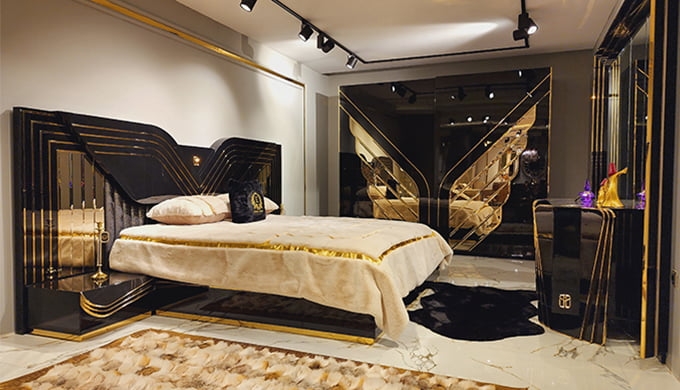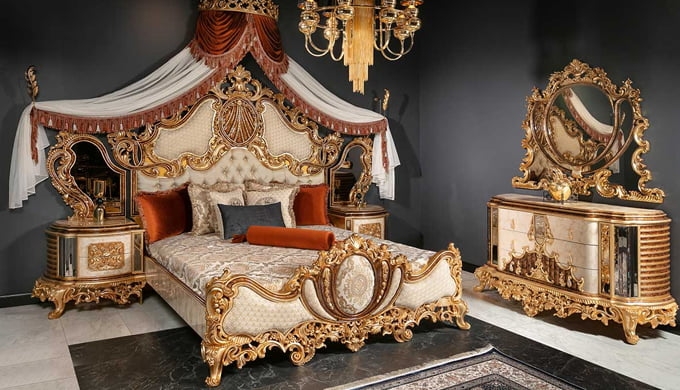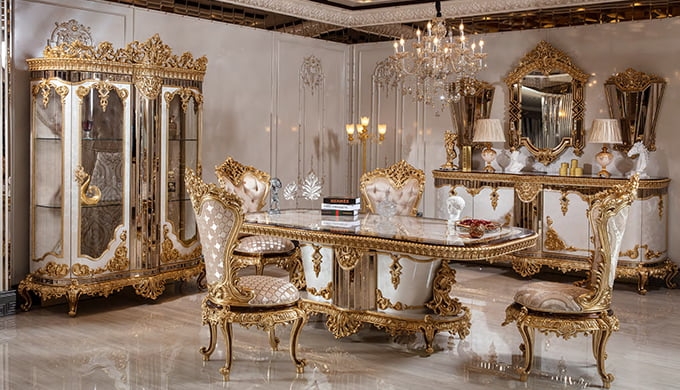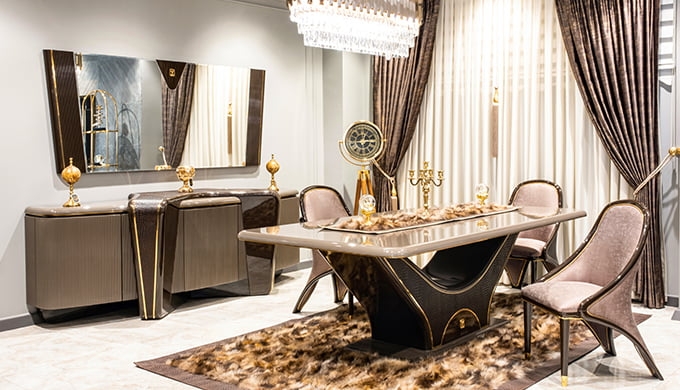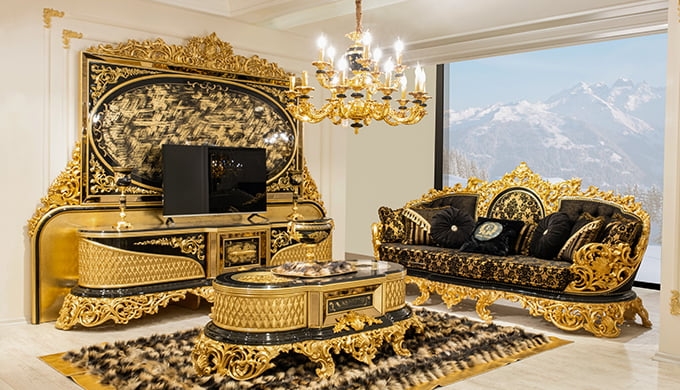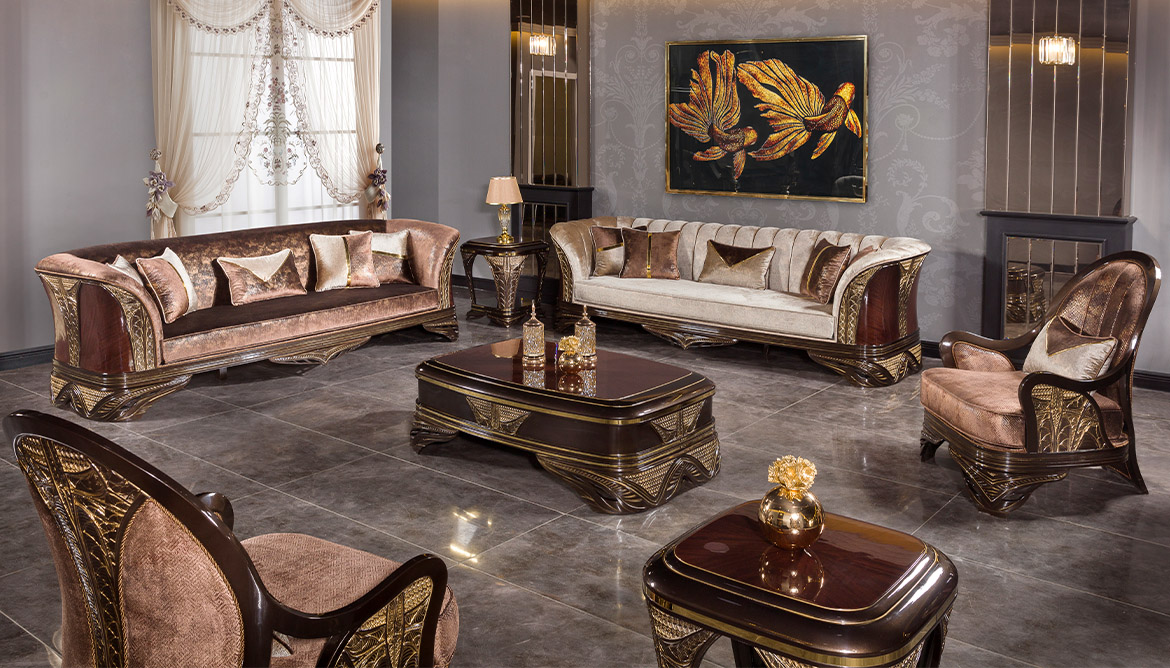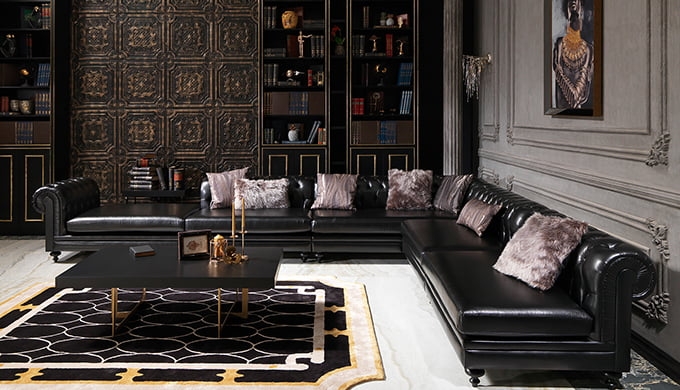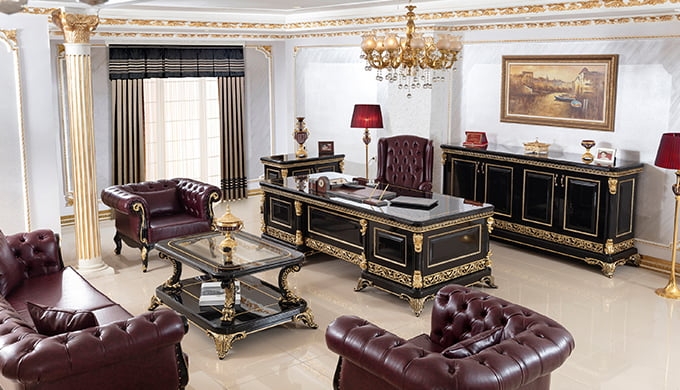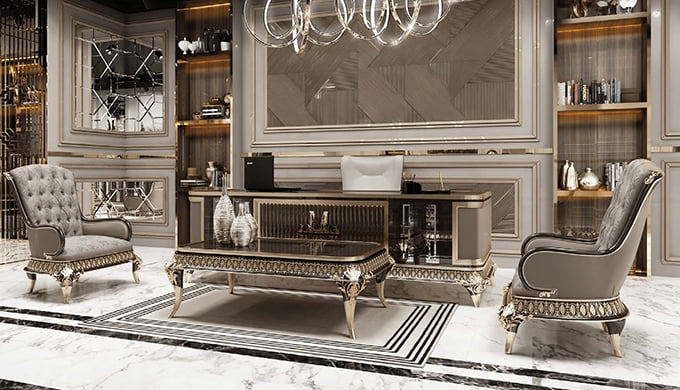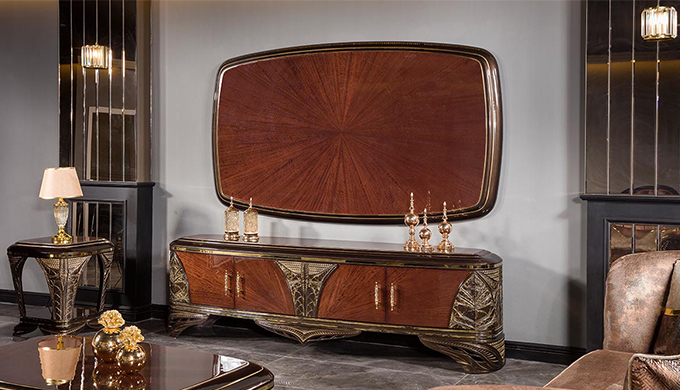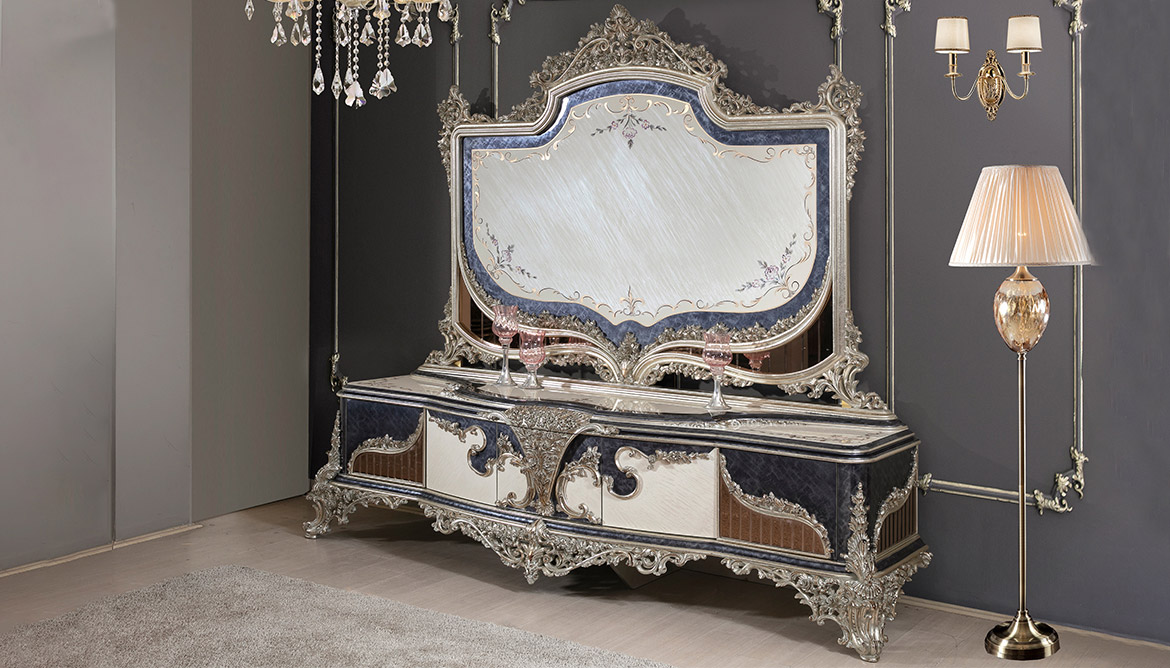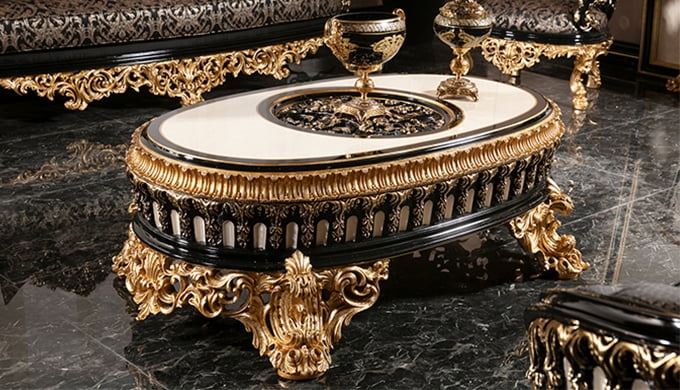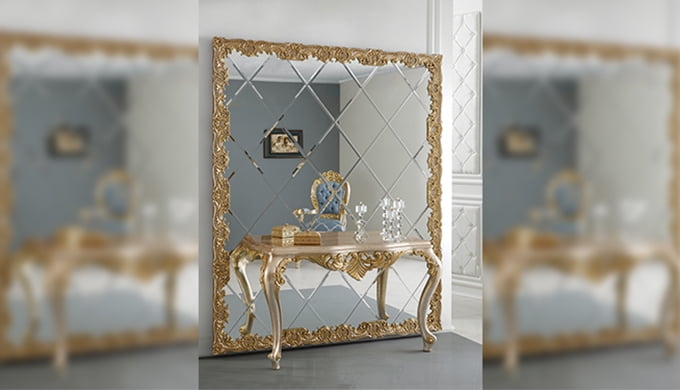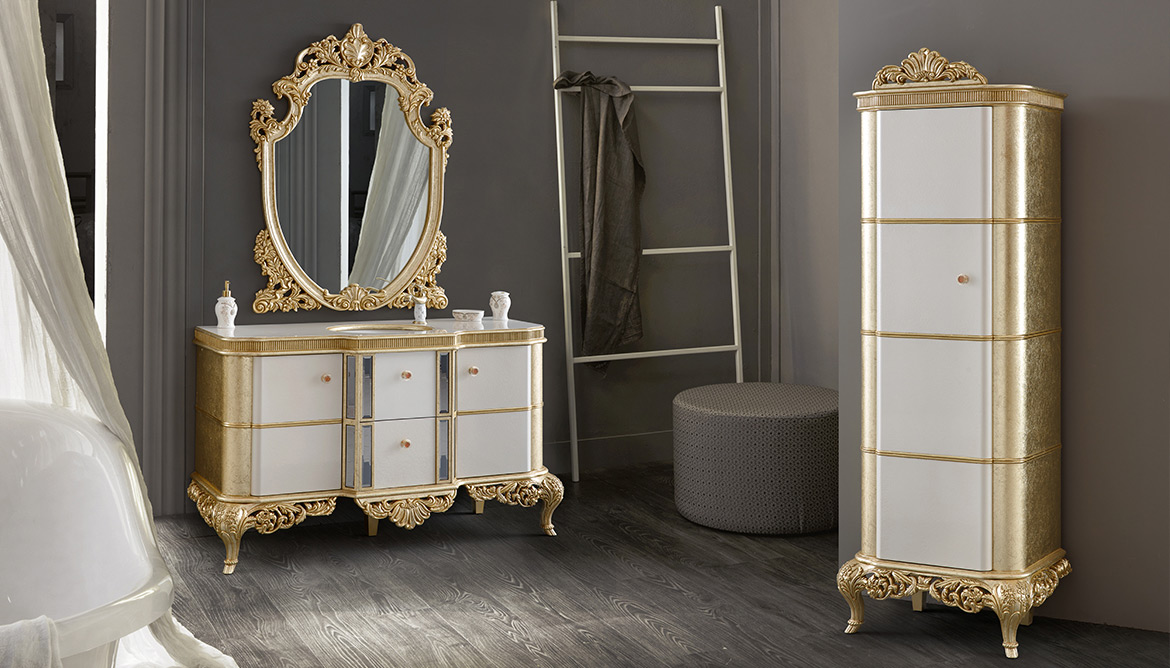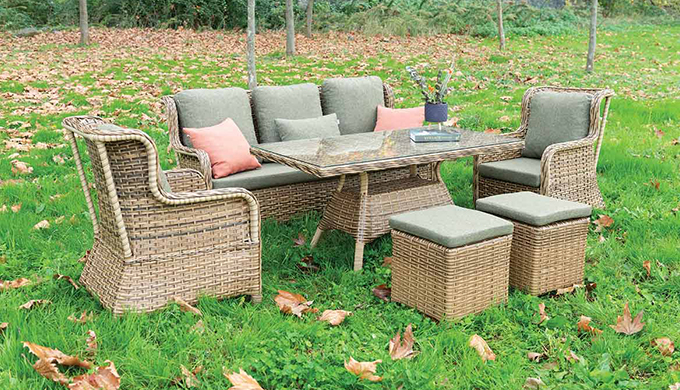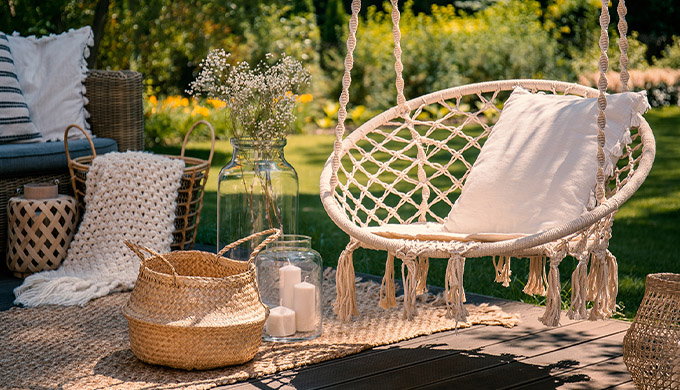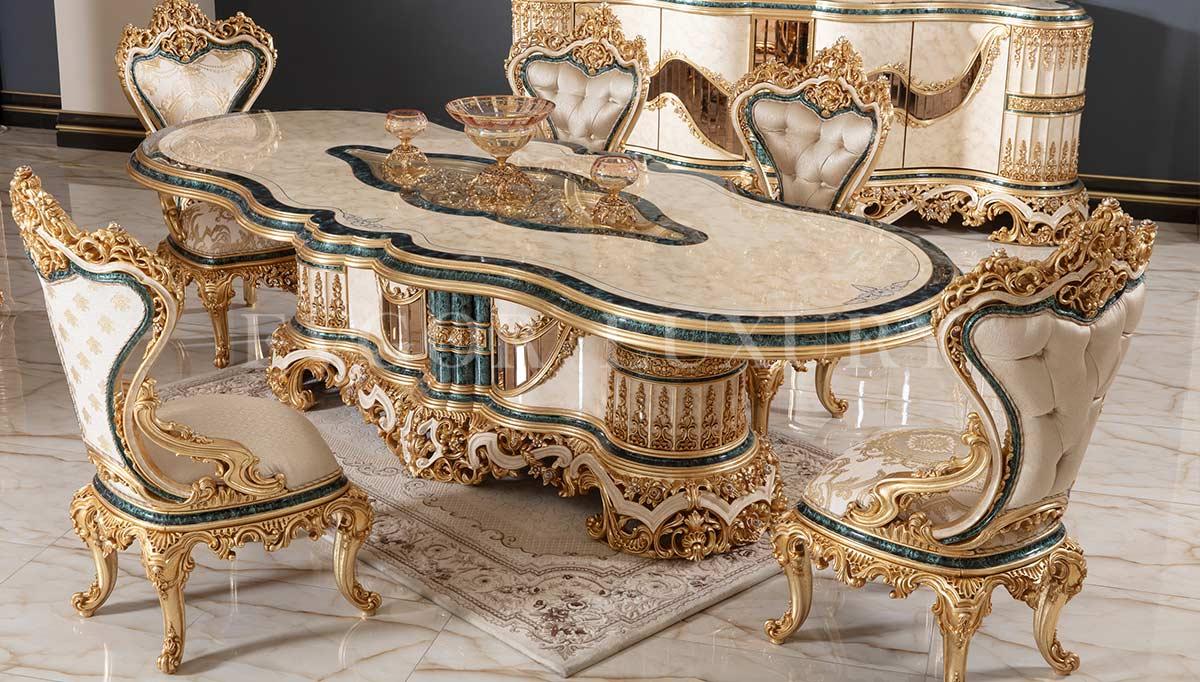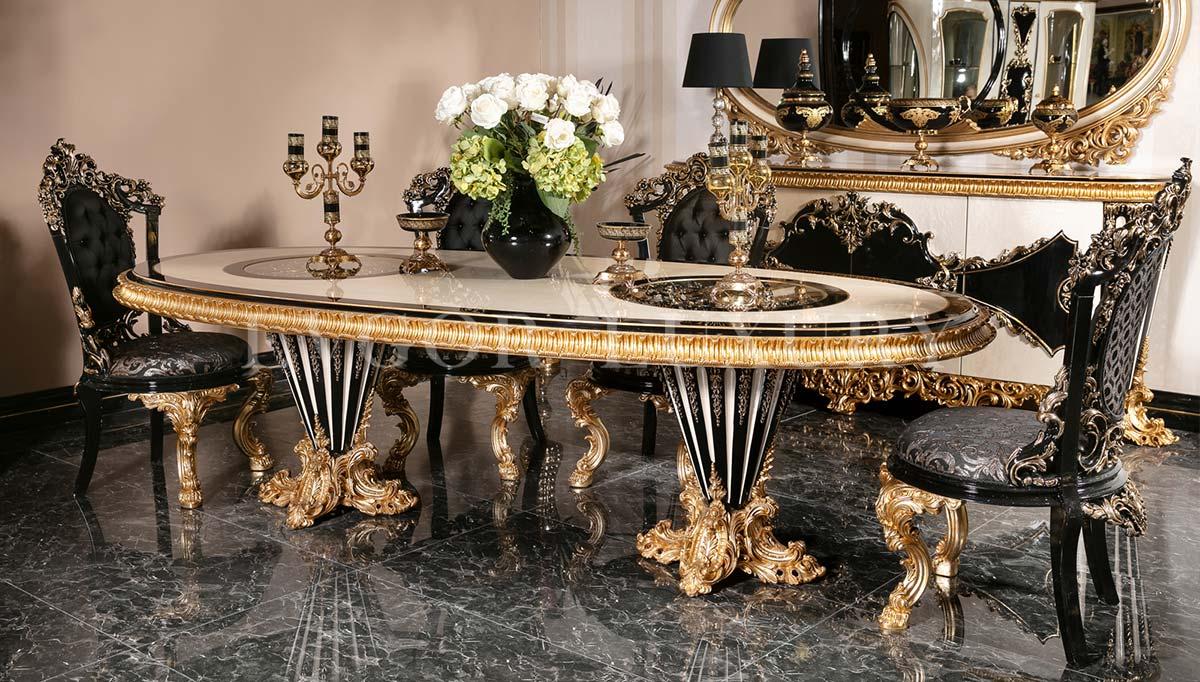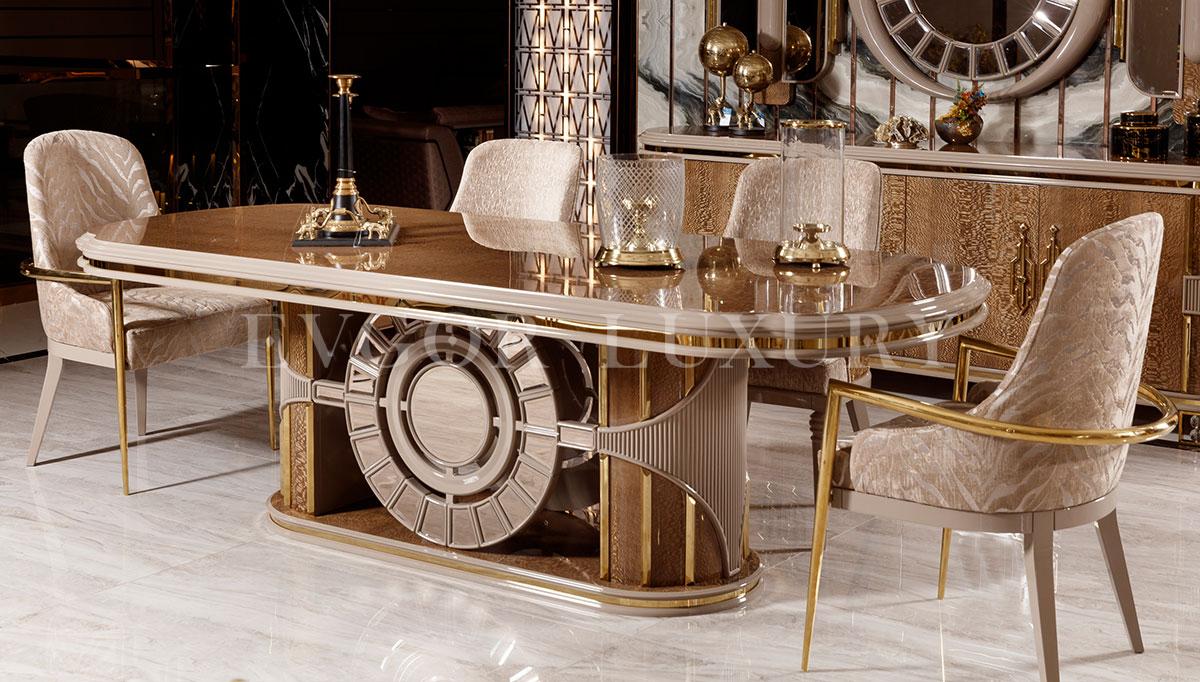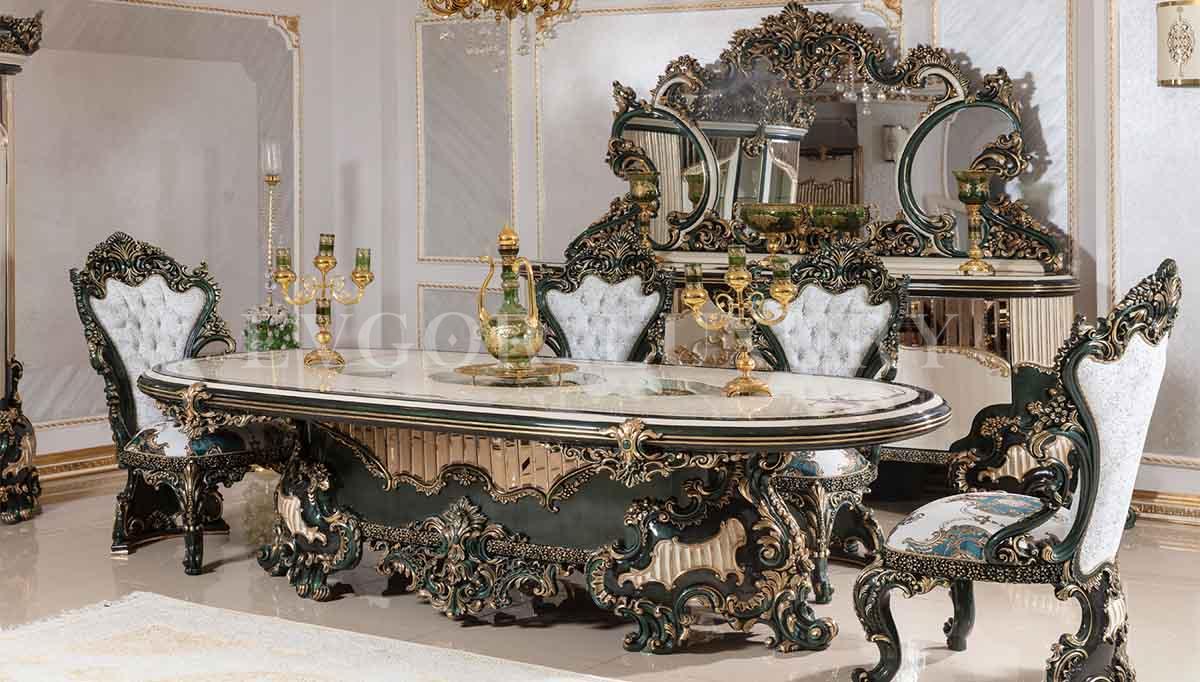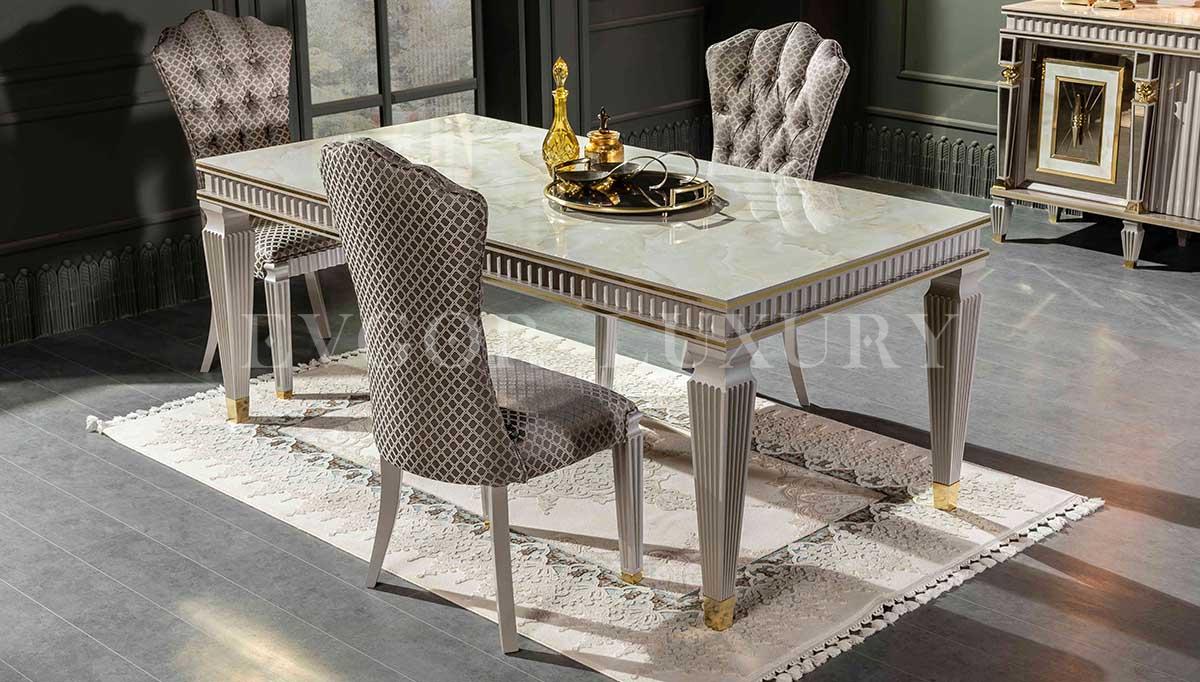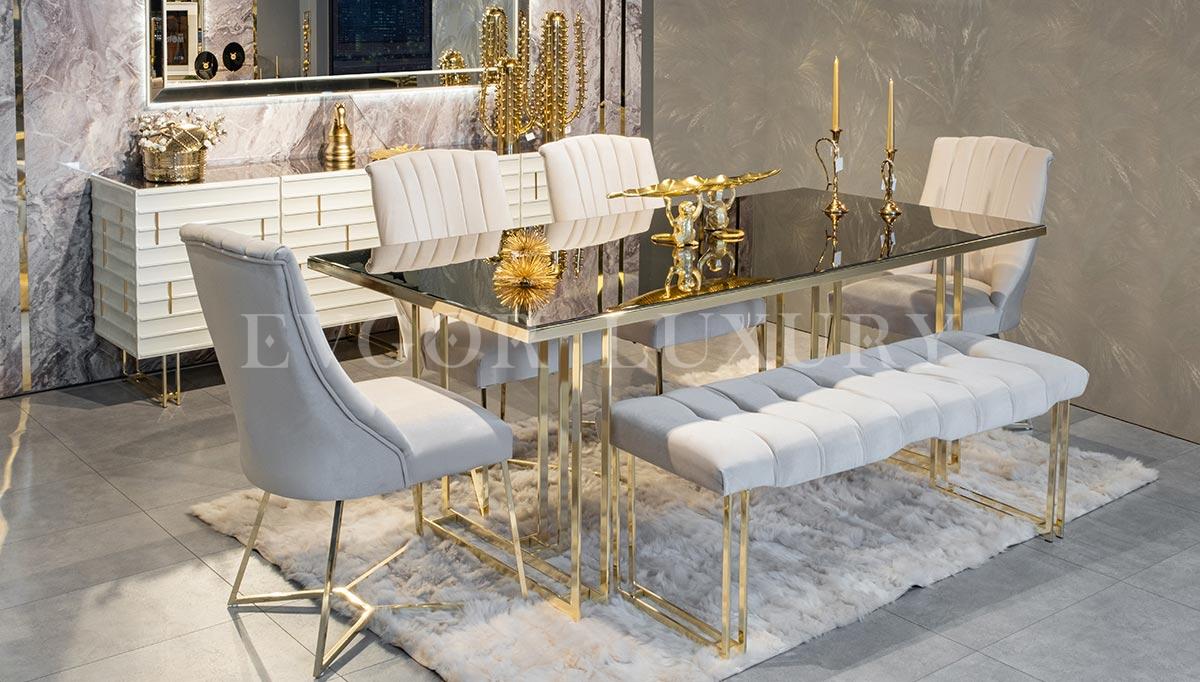Dining Room Tables
Dining room tables are central pieces in home decor, not only serving as the place where meals are enjoyed but also as a hub for gatherings, from casual breakfasts to formal dinners and everything in between. Choosing the right dining table involves considering several factors such as size, shape, material, and style, which should align with the overall aesthetics of the dining area and accommodate the needs of the household. Let’s delve into the various aspects of dining room tables to help guide your selection process.
Types of Dining Room Tables
- Rectangular Tables: The most common shape for dining tables, rectangular tables are versatile and can fit into most dining room layouts. They work well in longer rooms and can usually seat more people.
- Round Tables: Ideal for smaller spaces or square dining areas, round tables create a more intimate setting and facilitate easier conversation, as everyone is an equal distance apart. They can also enhance the flow of movement around the area.
- Square Tables: Square dining tables can complement a square dining room and are also suited for smaller, more intimate gatherings. Like round tables, they help keep everyone at an equal distance for better engagement.
- Oval Tables: Combining the linear layout of a rectangular table with the softer edges of a round table, oval tables can accommodate a good number of guests and are suitable for rooms with limited space as their curved edges help save walking room.
- Extendable Tables: These tables come with leaves that can be inserted or removed to adjust the table size according to the number of guests. They are particularly useful for those who host large gatherings occasionally but prefer a smaller table on a day-to-day basis.
Materials Used in Dining Tables
- Wood: The most traditional material for dining tables, wood is durable and comes in a range of finishes and types such as oak, walnut, cherry, and pine. Wooden tables bring warmth and a classic look to the dining area.
- Glass: Glass tables add a modern touch to the dining room, creating a sense of space and light. They are easy to clean and can feature different types of bases like metal or wood.
- Metal: Metal dining tables are durable and can have a modern or industrial feel, depending on the design. They are often paired with glass or wood tabletops.
- Stone and Marble: For a more luxurious and durable option, stone or marble dining tables make a bold statement. They require more maintenance to prevent stains and scratches but provide a unique style element.
Choosing the Right Dining Table
- Size: Measure your dining area to ensure there is enough space around the table for chairs and for people to move around comfortably. Typically, there should be at least 3 feet of clearance on all sides of the table.
- Seating Capacity: Consider how many people you need to accommodate regularly. Allow about 24 inches of width per person at the table for comfortable dining.
- Style: The style of the table should complement the interior decor of your home. Whether you're looking for something modern, traditional, rustic, or eclectic, the table should harmonize with your other furniture.
- Functionality: Think about the primary use of your table. If it’s just for dining or if it will serve multiple purposes such as working from home or crafts, this might influence the type of table you choose.
Styling Your Dining Table
- Centerpieces: Adding a centerpiece such as a vase of flowers, a bowl of fruit, or a decorative sculpture can enhance the look of your dining table and provide a focal point in the room.
- Table Settings: Invest in good quality tableware and linens that match the style of your table and room. Seasonal decor can also be rotated to keep the dining experience fresh and exciting.
- Lighting: Consider the lighting over your dining table. A well-chosen chandelier or pendant lights can not only illuminate meals but also enhance the ambiance of the room.
